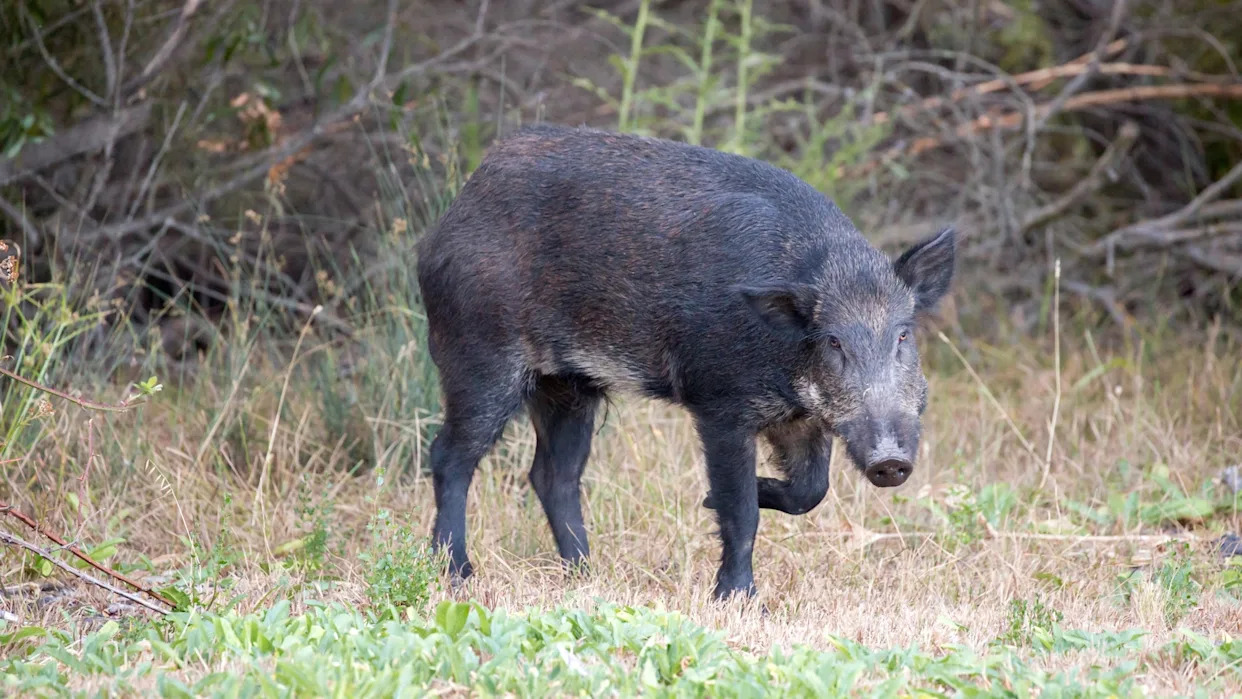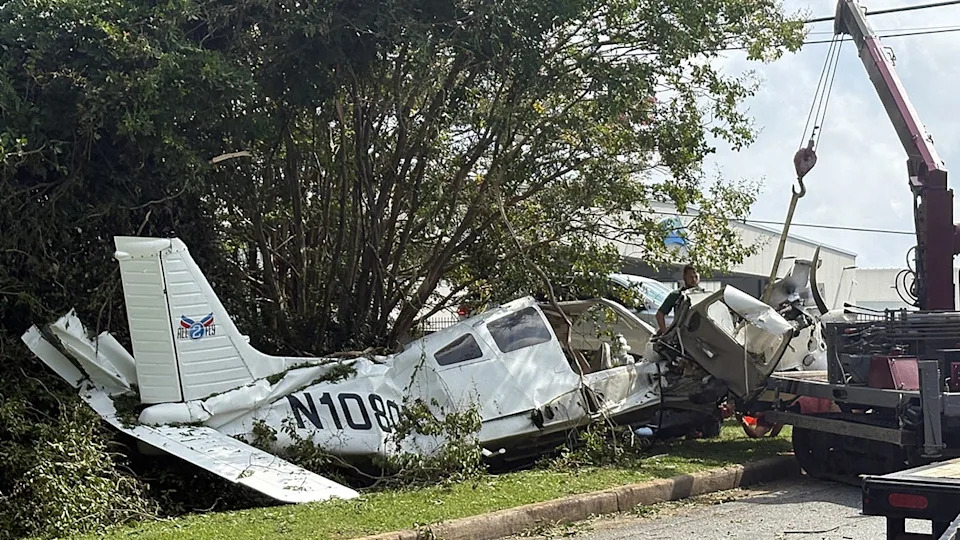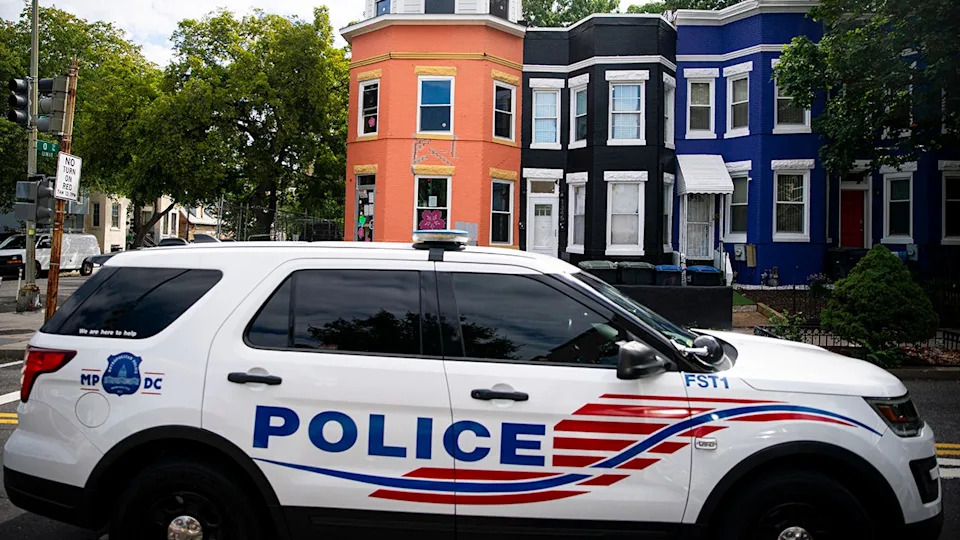
California’s wild pigs are turning blue from the inside out. The disconcerting discovery isn’t due to an inexplicable genetic mutation. According to a California Department of Fish and Wildlife (CDFW) investigation, laboratory tests indicate some of Monterey County’s free-roaming hogs are being exposed to the anticoagulant rodenticide diphacinone. The toxic pesticide bait is frequently used by farmers to control rat, squirrel, and other small mammal populations. It’s not the first case of off-color fauna in the region, too.
“I’m not talking about a little blue. I’m talking about neon blue, blueberry blue,” wildlife control expert Dan Burton told the Los Angeles Times earlier this month. “It’s wild.”
Burton saw his first blue pigs in March while butchering animals he captured near Salinas. Both the muscle and fatty tissues were visibly blue, prompting him to contact the CDFW. Subsequent analysis at the California Animal Health and Food Safety’s Wildlife Health Lab (WHL) in Davis, California, confirmed trace amounts of diphacinone in the pigs’ livers and stomachs.
“Wildlife can be inadvertently exposed to rodenticides either by eating rodenticide bait or by eating other animals that have ingested rodenticides,” the CDFW explained.

CDFW officials say the wild pigs likely came across the rodenticide in bait traps set out by farmers and agricultural companies. Diphacinone isn’t naturally blue itself—instead, it’s included in bait that is dyed the vibrant color as a warning for humans to avoid consumption.
The LA Times also noted that lab testing showed the animals were exposed to the poison “over an extended period.” Although a trap’s doses are fatal for its smaller intended targets, they aren’t large enough to cause immediate damage to the pigs, which regularly weigh 100-200 lbs.
“Hunters should be aware that the meat of game animals, such as wild pig, deer, bear and geese, might be contaminated if that game animal has been exposed to rodenticides,” the CDFW warned, adding that wild game may have ingested diphacinone even if they ultimately don’t develop the colorful side effect.
As of 2024, diphacinone is largely banned in California unless deployed by a certified vector control technician—legislation aimed at limiting unintentional wildlife poisonings. In 2018, a CDFW study found trace amounts of rodenticide in around 8.3 percent of wild pigs living near residential and agricultural locations with active rat control projects. Previous research has also shown cooking diphacinone-laced meat doesn’t eradicate the poison, and that eating it can still cause rodenticide poisoning symptoms like lethargy.
CDFW asks that anyone contact the agency if they come across any wild animals—pigs or otherwise—with blue-tinged tissues or fat by either emailing [email protected] or calling (916) 358-2790.








Comments